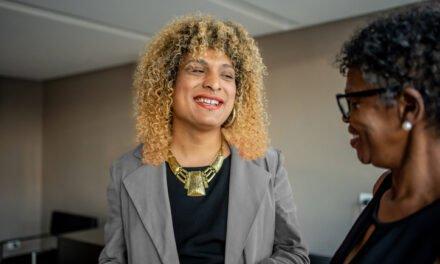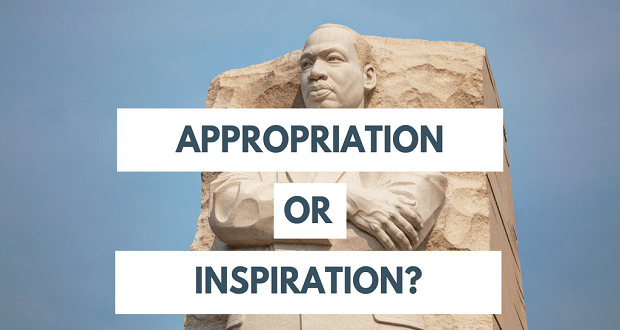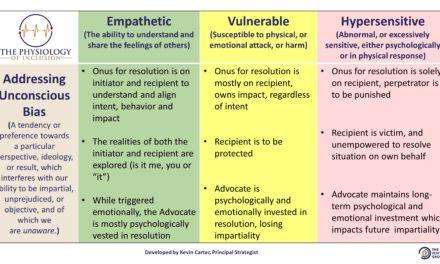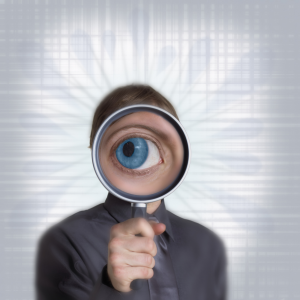 While watching Sports Center on ESPN last week, I found myself thinking about the similarities and differences between LeBron James and Johnny Manziel. In terms of similarities, both are high profile athletes and both experience life under the microscope; their every move is highly scrutinized, including minor indiscretions. As far as how they are different, Johnny comes from a family that is at the higher end of economic abundance, while LeBron grew up in the projects. Johnny is white, LeBron is African American. Johnny grew up in a culture where the expectations for success were high, while LeBron was overheard to say “I shouldn’t even be here” when he stepped up to receive the Most Valuable Player award during the NBA Finals. LeBron overcame the odds to reach his level of success and recognition.
While watching Sports Center on ESPN last week, I found myself thinking about the similarities and differences between LeBron James and Johnny Manziel. In terms of similarities, both are high profile athletes and both experience life under the microscope; their every move is highly scrutinized, including minor indiscretions. As far as how they are different, Johnny comes from a family that is at the higher end of economic abundance, while LeBron grew up in the projects. Johnny is white, LeBron is African American. Johnny grew up in a culture where the expectations for success were high, while LeBron was overheard to say “I shouldn’t even be here” when he stepped up to receive the Most Valuable Player award during the NBA Finals. LeBron overcame the odds to reach his level of success and recognition.
The connection for those of us in the diversity and inclusion field is that people who have visible dimensions of diversity also experience high scrutiny. For an African American it happens when they walk through a store and notice someone following them or hear car doors locking as they walk by or see a woman clutch her purse when a Black male steps into the elevator. As a person with a disability I am “on stage” when trying to find my gate at the airport or just walking down the street with my wife – lots of puzzled, questioning looks.
Judgments and assumptions are made about individuals who come from certain identity groups. These assumptions may or may not result in hiring opportunities lost or promotions for upward mobility denied. It is one thing to be denied if someone else is more qualified, but it’s an entirely different thing if such decisions are made based on one’s cultural or physical identity.
My father-in-law recently posed the question, “If Trayvon Martin and George Zimmerman were both white, would we even be having a conversation?” He went on to say “Racism is still alive and well.”
So how do we as D&I practitioners respond to the inequities around us? First get to know your own hot buttons so you won’t go off on someone in an inappropriate moment. Find people who are supportive of you and allow them to serve as a guide on how to respond to others. Get to know and become familiar with individual and institutional nuances within the population you are trying to reach. Consider every obstacle as a potential teachable moment. Finally be sure to take care of yourself at all levels: physically, emotionally and spiritually.
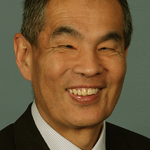 About the author: Steve Hanamura is the President of Hanamura Consulting. For the past 25 years, Steve Hanamura has been working with organizations to help them build constructive relationships through collaboration, increased understanding and new insights. Whether speaking to a thousand or training ten, Steve inspires and changes lives.
About the author: Steve Hanamura is the President of Hanamura Consulting. For the past 25 years, Steve Hanamura has been working with organizations to help them build constructive relationships through collaboration, increased understanding and new insights. Whether speaking to a thousand or training ten, Steve inspires and changes lives.

